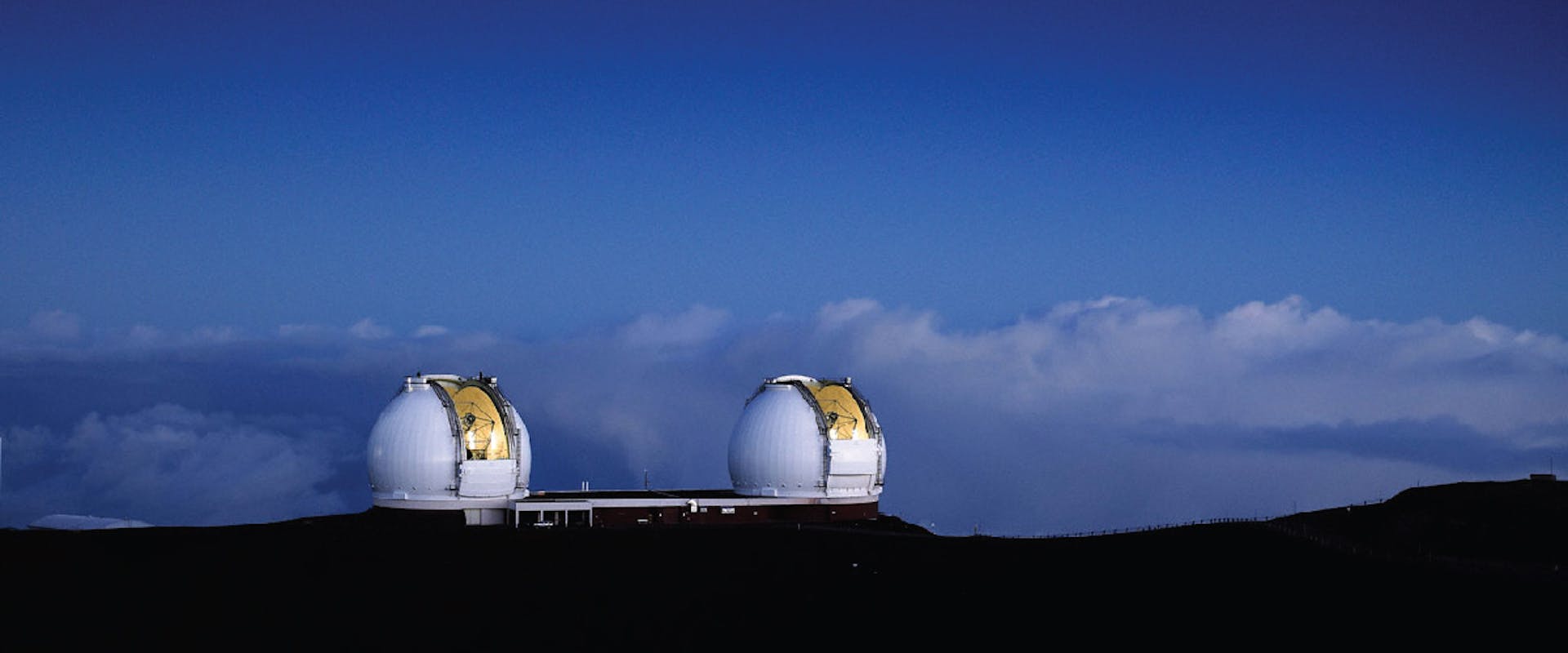Keck Observatory - MOSFIRE
During the 1990s, the Keck I and II telescopes were built at the summit of Hawaii’s Mauna Kea volcano. They are among the world’s largest optical/near-infrared telescopes currently in use.

During the 1990s, the Keck I and II telescopes were built at the summit of Hawaii’s Mauna Kea volcano. They are among the world’s largest optical/near-infrared telescopes currently in use.
